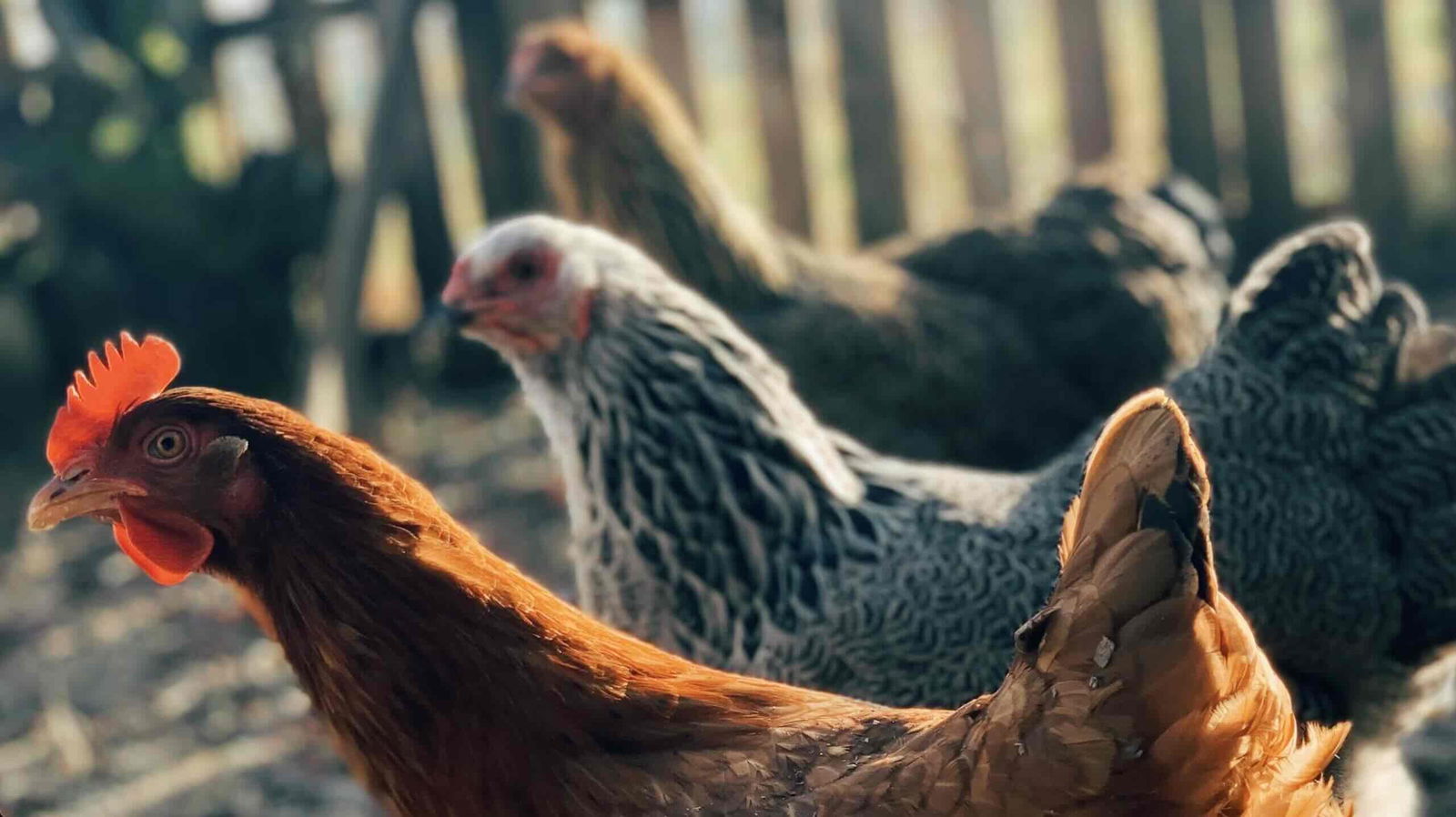Bird flu, also known as the avian flu or Highly Pathogenic Avian Influenza (HPAI), has been of concern to experts since it crossed the species barrier and infected cattle earlier in 2024. While the outbreak of avian influenza initially began in 2022, it’s since ramped up, as strains of this species-jumping virus were found in around 20% of dairy products initially tested by the FDA (Food and Drug Administration) in 2024, sparking panic about potential further infection in humans.
To understand how this virus can jump from species to species, researchers at the European Molecular Biology Laboratory (EMBL) Grenoble Studies focused on the replication process for the bird flu virus. Their experiments found that the replication process works due to three essential proteins: two replication enzymes, replicase and encapsidase, and a host cell protein called ANP32, which acts as a bridge between the two enzymes.
Their results, published in Nature Communications, show that ANP32 is needed to stabilize the virus during replication. However, its “tail,” made of amino acids, varies between species, showing how the virus can jump between them.
“The key difference between avian and human ANP32 is a 33-amino-acid insertion in the avian tail, and the polymerase has to adapt to this difference,” explained Benoît Arragain, a postdoctoral fellow and the first author of the publication, in a recent statement. “For the avian-adapted polymerase to replicate in human cells, it must acquire certain mutations to be able to use human ANP32.”
Why is Bird Flu so Bad?
While bird flu was initially discovered in birds in 1997, this year has been especially concerning due to its highly contagious nature. At least 13 farmworkers have been infected with the virus. To try to prevent the spread of the virus, the FDA has prepared around 4.8 million vaccine doses for general use.
The virus has been especially detrimental to the poultry and cattle industries. Since the 2022 outbreak of bird flu, around 82 million birds in 48 U.S. states have been infected. Egg prices initially skyrocketed in 2022, leaving consumers little choice in affordable options. Since then, the prices have dropped, allowing consumers and their wallets some breathing room. Unfortunately, experts predict a 22% increase in egg prices as the flu continues to infect poultry farms.
From Birds to Bulls
As if millions of birds being infected wasn’t scary enough, in March 2024, scientists saw the first transmission of bird flu from birds to dairy cattle at farms in Kansas and Texas. Experts worried that the cows could easily transmit the virus to other cows and shed strains of the virus into their milk, passing it along to different species.
From their initial tests, the experts found the highest concentration of bird flu virus in cow milk, suggesting it was transmitted during the milking process.
Thankfully, most commercial milk and milk products undergo the pasteurization process, which subjects the milk to 161 degrees Fahrenheit (72 degrees Celsius) for at least 15 seconds. This kills the virus strains, leaving dead strains within the milk. However, those who drink raw milk are at risk of contracting this virus, along with other foodborne sicknesses like salmonella poisoning.
Currently, experts estimate that around 5% to 20% of cattle in infected herds are ill, though thankfully, these animals can recover in 10 to 20 days. At least 22 states have stricter guidelines on transporting or importing cattle to try to contain the spread of the virus. Until more is known about how this virus spreads, many policies are taking conservative measures to minimize any potential transmission between species.
Understanding Virus Replication
For the researchers at the EMBL, looking at the molecular players involved in the reproduction of the virus was key to unlocking its secrets. To do this, they looked at the structure of the replicase and encapsidase enzymes in a human-adapted bird flu virus while the enzymes interacted with the ANP32 protein. From these interactions, the researchers could see what amino acids were involved in the virus’ replication and where mutations could occur.
The researchers are excited to try to translate their findings to other strains of bird flu, specifically for those in other species, which could be key to stopping the virus altogether.
“The threat of a new pandemic caused by highly pathogenic, human-adapted avian influenza strains with a high mortality rate needs to be taken seriously,” said Dr. Stephen Cusack in a statement. Cusack is the EMBL Grenoble Senior Scientist who led the study. “One of the key responses to this threat includes monitoring mutations in the virus in the field. Knowing this structure allows us to interpret these mutations and assess if a strain is on the path of adaptation to infect and transmit between mammals.”
Kenna Hughes-Castleberry is the Science Communicator at JILA (a world-leading physics research institute) and a science writer at The Debrief. Follow and connect with her on X or contact her via email at kenna@thedebrief.org

